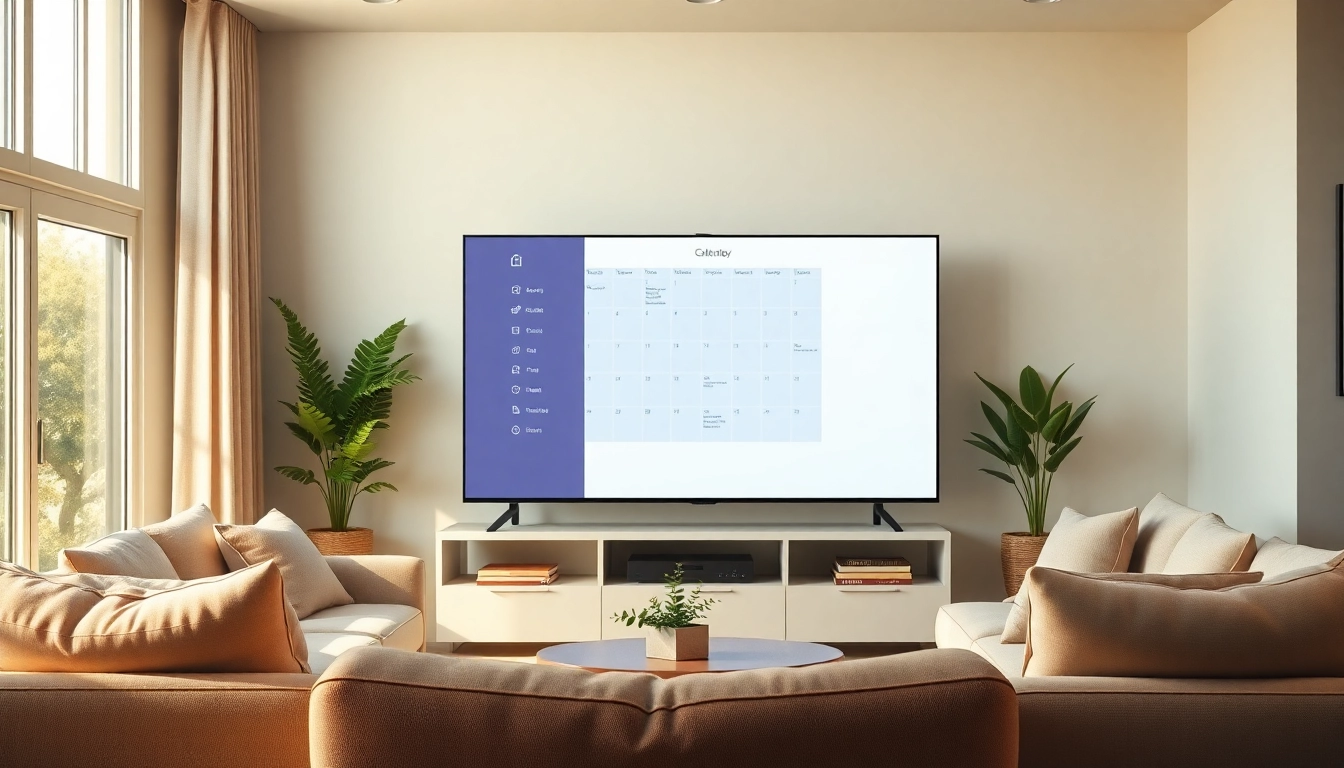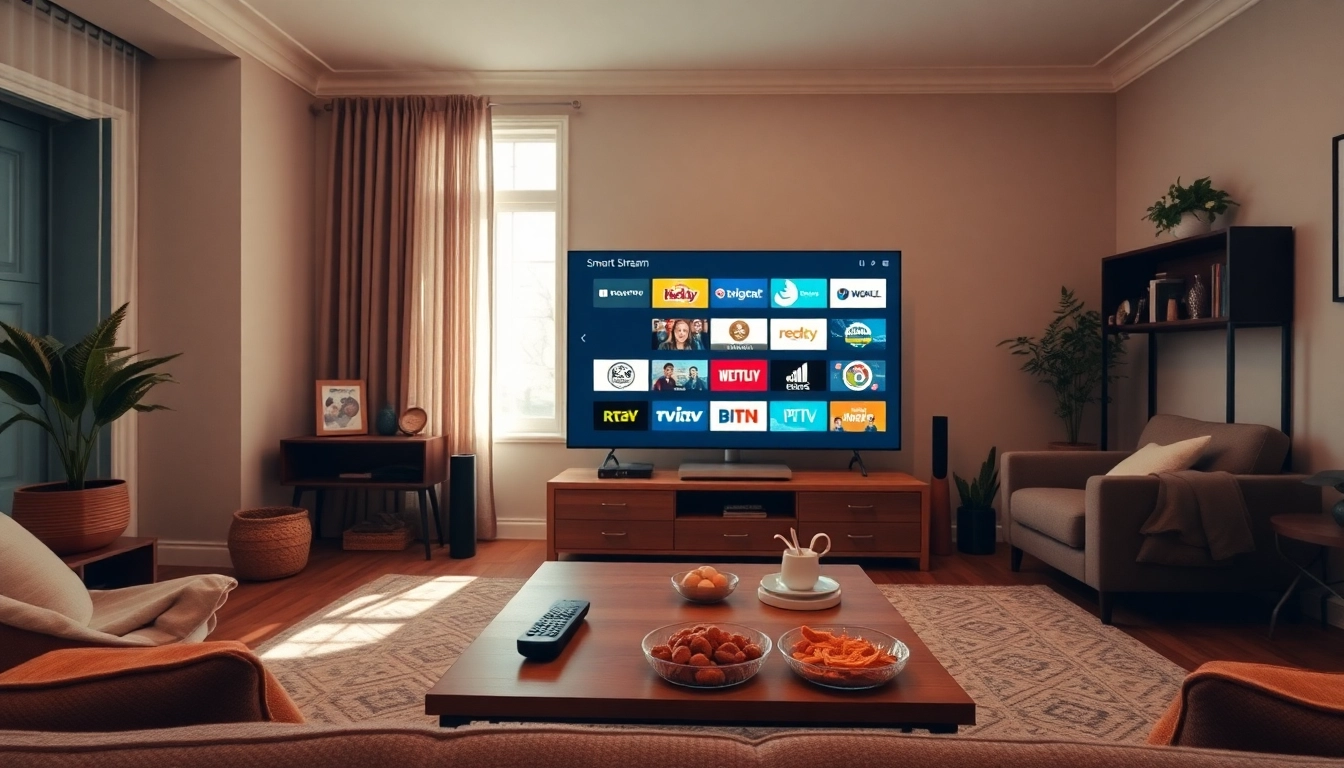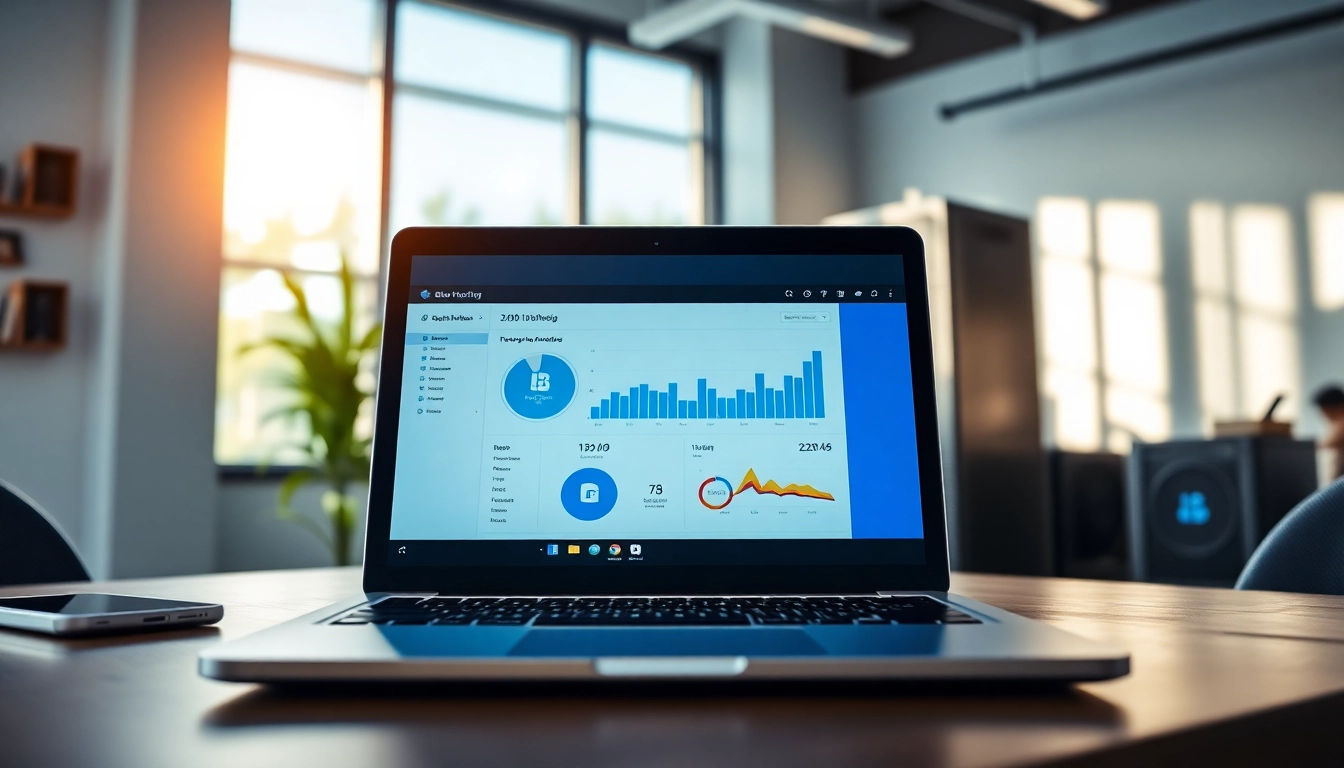Understanding the Basics of Scheduling Content on Smart TV
What is Content Scheduling?
Content scheduling refers to the practice of planning and arranging multimedia content to be displayed on smart TVs at predetermined times. This can include videos, advertisements, announcements, and even playlists—all of which can be programmed to run autonomously. The primary goal is to ensure that content is served when it is most relevant to the audience, maximizing viewer engagement and enhancing the overall user experience. This approach is increasingly important in both residential and commercial settings, as it allows for strategic content delivery without the need for constant manual adjustments.
Benefits of Scheduling Content on Smart TV
Utilizing content scheduling on smart TVs offers numerous benefits that can transform viewing experiences. A few notable advantages include:
- Increased Efficiency: Automated content scheduling eliminates the need for manual updates and interventions, saving time for users and operatives.
- Enhanced Engagement: By timing content to meet the needs of the audience—such as displaying promotional materials during peak hours—engagement can significantly improve.
- Flexibility: Users can adjust schedules based on various factors, including seasonality and audience trends, to ensure content remains fresh and timely.
- Cost-Effectiveness: Reducing the need for on-site personnel to manage content can lead to lower operational costs, particularly in commercial environments.
- Consistent Messaging: Scheduled broadcasts ensure that key messages are communicated consistently and at the right times, reinforcing brand identity.
Common Features in Smart TVs for Scheduling
Most modern smart TVs come equipped with built-in features that facilitate content scheduling. These features may vary among different models, but common functionalities include:
- Digital Signage Capabilities: Some smart TVs integrate specific digital signage software that allows users to schedule and manage content through centralized interfaces.
- User-Friendly Interfaces: Many smart TVs provide intuitive menus and mobile applications that simplify the scheduling process for users.
- Remote Access: Users can manage content remotely via apps or web platforms, offering flexibility to update schedules from anywhere.
- Integration with Other Devices: Smart TVs may sync with mobile devices, voice assistants, and even external media players, allowing for more comprehensive content management strategies.
How to Schedule Content on Various Smart TV Models
Step-by-Step Guide for Popular Smart TVs
While the specifics may vary based on the brand and model, most smart TVs follow similar steps for scheduling content. Below is a general guide to assist users:
- Access the TV’s settings menu through the remote control by pressing the Menu or Home button.
- Navigate to the Content or Scheduling section, where options for managing media will be available.
- Select the type of content you want to schedule (videos, images, etc.).
- Choose the Add Schedule option, where you can input the desired start and end times for playback.
- Confirm the schedule, ensuring that the selected content and timing are correct before finalizing.
Using Mobile Apps for Remote Scheduling
Many smart TVs can be managed through dedicated mobile apps, providing convenience and flexibility for users. Typically, the process includes:
- Downloading the appropriate app for your smart TV from the app store on your mobile device.
- Connecting the app to your TV, often through a simple pairing process.
- Using the app’s interface to navigate to the scheduling feature.
- Following prompts to add content and set time preferences similarly to the on-screen television menus.
This remote capability allows users to schedule and adjust content from anywhere, making it especially valuable in commercial settings.
Troubleshooting Common Scheduling Issues
Despite the conveniences offered, users may encounter issues when scheduling content. Here are some common challenges and their solutions:
- Content Not Displaying: Ensure that the scheduled content is properly formatted and supported by the TV. It may also be necessary to check network connections if content is being streamed.
- Missed Scheduled Times: Verify that the TV’s time settings are accurate. Incorrect time zone or clock settings can lead to missed schedules.
- App Connectivity Problems: If using a mobile app, ensure both the TV and smartphone are on the same Wi-Fi network and restart both devices if issues persist.
Advanced Techniques for Scheduling Content on Smart TV
Integration with Calendar Applications
For those looking to take scheduling further, integrating smart TVs with calendar applications can provide enhanced functionality. This method allows users to import schedules and specific content cues from platforms such as Google Calendar or Microsoft Outlook. Here’s how it can be achieved:
- Identify a compatible calendar application that can sync with your smart TV software.
- Set up recurring events in the calendar that correspond to content display times.
- Ensure that both devices are linked, allowing the smart TV to recognize the calendar events and adjust its content accordingly.
This enables a more dynamic content schedule that aligns with broader organizational activities or events.
Automating Content Updates via Cloud Services
Cloud technology paves the way for automating content updates seamlessly. By utilizing cloud-based solutions, users can manage and distribute content across multiple smart TVs without needing direct access to each device. The process typically involves:
- Setting up a cloud content management system that is compatible with your smart TV.
- Uploading desired content to the cloud platform with specified parameters for scheduling.
- Linking smart TVs to the cloud service to receive automatic updates based on the established schedule.
Automating updates can drastically reduce labor efforts, especially in environments with multiple screens displaying the same content.
Utilizing User Profiles for Personalized Scheduling
Creating user profiles enables personalized content delivery, allowing content to be tailored to specific audience segments. For effective scheduling, consider the following:
- Establish profiles based on audience demographics or viewer preferences.
- Schedule different content types or programs for each profile to ensure engaging experiences for all viewers.
- Regularly update profiles based on viewer feedback or changes in interests to maintain relevance.
This tactic not only improves audience engagement but also fosters a strong connection with viewers through customized viewing options.
Best Practices for Scheduling Content on Smart TV
Creating a Content Calendar
A well-structured content calendar is essential for organized scheduling. The calendar should include:
- Types of content (e.g., promotional, educational, entertaining).
- Specific airing times based on audience analytics.
- Periodic reviews to assess performance and make necessary adjustments.
Using productivity applications can simplify the creation and management of content calendars, ensuring all stakeholders remain informed.
Timing Strategies for Maximum Engagement
Identifying peak viewing times is critical for maximizing audience engagement. Here are some strategies to consider:
- Analyze Viewer Data: Utilize analytics tools to gain insights into when your audience is most active. This data can inform when to schedule content for maximum impact.
- Consider External Events: Pay attention to seasonality, holidays, or local events that can influence viewership patterns and align your content schedule accordingly.
Monitoring and Adjusting Your Schedule
Continuous monitoring of scheduled content ensures its effectiveness. This involves:
- Regularly reviewing engagement metrics to identify successful content and areas needing improvement.
- Making incremental adjustments to schedules based on seasonality and viewer preferences.
- Testing new formats and types of content to keep the viewing experience fresh and exciting.
This feedback loop is integral to evolving your content strategy and ensuring ongoing success with scheduled programming.
Future Trends in Smart TV Content Scheduling
The Role of AI in Content Scheduling
Artificial intelligence is poised to revolutionize content scheduling, enabling smarter, data-driven decisions. AI can help by:
- Analyzing Viewer Behavior: Through machine learning algorithms, smart TVs can learn audience preferences and automatically adjust schedules accordingly.
- Predictive Scheduling: AI can anticipate peak viewership times and adjust content delivery to align seamlessly with these trends.
Emerging Technologies to Enhance Viewing Experience
Technological advancements, such as augmented reality and improved streaming capabilities, will further enhance smart TV functionalities. Integrating these technologies can lead to:
- Richer, more interactive content experiences that engage viewers beyond traditional formats.
- Seamless integration of live events and on-demand content into one cohesive scheduling strategy.
Predictions for Smart TV Functions in the Next Five Years
As consumer expectations evolve, smart TVs will likely feature more intuitive interfaces conditioned by user behavior. The following trends are anticipated:
- Enhanced voice command functionalities to streamline content scheduling.
- Increased integration with smart home devices for a connected and personalized viewing experience.
In conclusion, mastering the art of scheduling content on smart TVs can significantly improve engagement and viewer satisfaction. By understanding the fundamentals and employing best practices, users can create impactful viewing experiences that resonate with audiences while optimizing their resources. A strategic approach, backed by evolving technologies and insights, will ensure the effective delivery of content in both personal and professional environments.
For more information and resources to Schedule content on smart TV, stay updated with industry trends and make the most of your smart TV capabilities.



